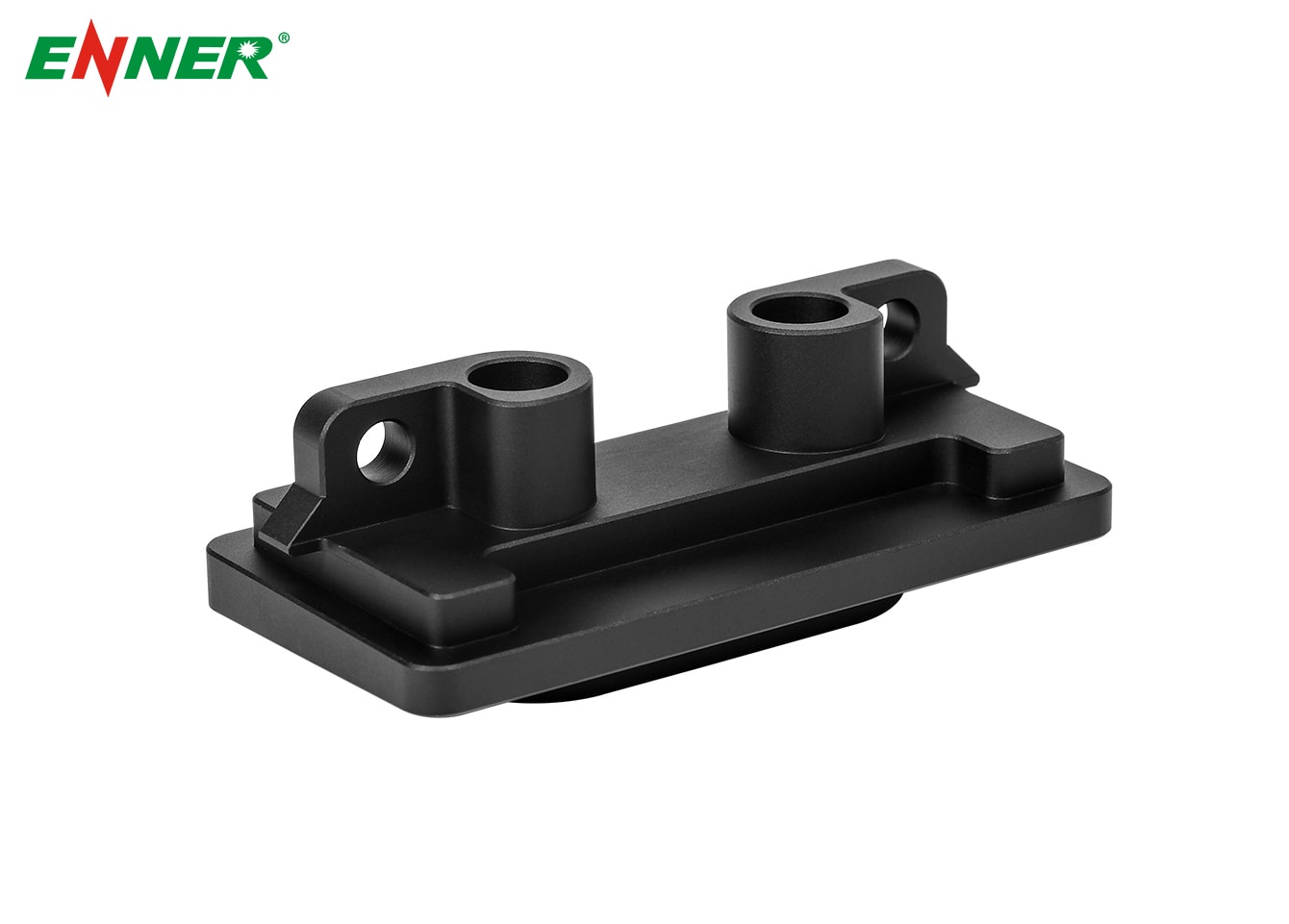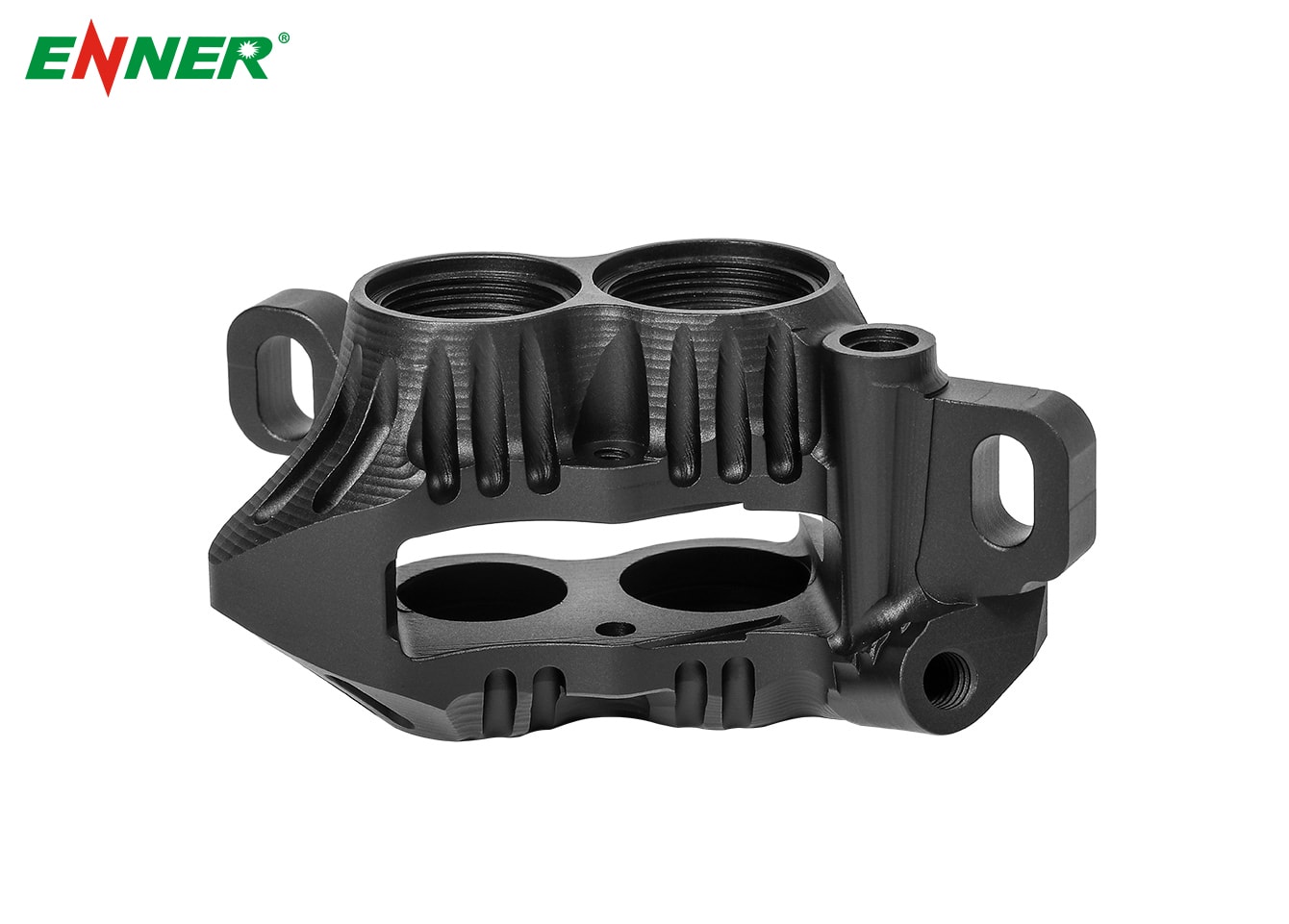News
Site Editor
 Site
/uploads/image/658e1b5398ef3.png
CNC machining plays a crucial role in the automotive industry, enabling the production of high-precision car parts that meet stringent performance and safety standards.
Site
/uploads/image/658e1b5398ef3.png
CNC machining plays a crucial role in the automotive industry, enabling the production of high-precision car parts that meet stringent performance and safety standards.
What Kind of Finishing for CNC Machined Car Parts?
Views: 508
Author: Site Editor
Publish Time: 2024-08-20
Origin: Site
CNC machining plays a crucial role in the automotive industry, enabling the production of high-precision car parts that meet stringent performance and safety standards. However, the process doesn’t end with machining; the finishing of these parts is equally important. The right finishing process can enhance the appearance, durability, and functionality of CNC machined car parts. This article explores the various finishing options available and how to choose the best one for your automotive components.
Why Finishing is Important for Car Parts
-
Aesthetic Appeal : The appearance of car parts, especially those visible on the vehicle's exterior or interior, is critical. A smooth, polished finish enhances the overall look and feel of the vehicle.
-
Corrosion Resistance : Automotive parts are exposed to harsh environments, including moisture, road salt, and varying temperatures. Proper finishing helps protect these parts from corrosion, extending their lifespan.
-
Wear Resistance : Car parts often experience friction and wear during operation. Finishing processes can increase their resistance to wear and tear, ensuring they perform optimally over time.
-
Precision and Fit : Some finishing techniques improve the dimensional accuracy of machined parts, ensuring a perfect fit in the assembly process.
Common Finishing Techniques for CNC Machined Car Parts
Anodizing
-
Description : Anodizing is an electrochemical process that converts the surface of metal parts, typically aluminum, into a durable, corrosion-resistant, anodic oxide finish.
-
Benefits : Anodizing provides excellent corrosion resistance, wear resistance, and can be dyed to achieve various colors, making it ideal for both functional and decorative applications.
-
Applications : Commonly used for aluminum car parts, such as trim, handles, and other exterior components.
Powder Coating
-
Description : Powder coating involves applying a dry powder to the surface of a part, which is then cured under heat to form a protective layer.
-
Benefits : This finish is highly durable, resistant to corrosion, chemicals, and weathering, and available in a wide range of colors and textures.
-
Applications : Suitable for a variety of car parts, including wheels, brackets, and suspension components.
Electroplating
-
Description : Electroplating is a process where a thin layer of metal, such as chrome, nickel, or zinc, is deposited onto the surface of a part through an electrochemical reaction.
-
Benefits : Electroplating enhances corrosion resistance, improves wear resistance, and adds a decorative, mirror-like finish.
-
Applications : Widely used for decorative trim, bumpers, and other exterior components that require both aesthetic appeal and protection.
Polishing
-
Description : Polishing involves mechanically smoothing the surface of a part to achieve a shiny, reflective finish.
-
Benefits : Provides an aesthetically pleasing, high-gloss finish while also improving surface smoothness, reducing friction, and enhancing cleanliness.
-
Applications : Ideal for interior components, such as gear shift knobs, interior trim, and engine parts that need a polished appearance.
Sandblasting
-
Description : Sandblasting, also known as abrasive blasting, uses a stream of abrasive material, such as sand or glass beads, to clean or texture the surface of a part.
-
Benefits : It effectively removes surface imperfections, provides a uniform texture, and prepares the surface for additional coatings or treatments.
-
Applications : Commonly used for cleaning and preparing parts before painting or coating, as well as for achieving a matte or textured finish.
Brushing
-
Description : Brushing is a mechanical process that uses a wire brush or abrasive pad to create a uniform, directional grain on the surface of a part.
-
Benefits : Provides a distinctive, textured appearance while also improving surface uniformity. It’s often used to create a matte finish that hides fingerprints and minor imperfections.
-
Applications : Often applied to stainless steel or aluminum parts, such as interior trim or exterior accent pieces.
Heat Treatment
-
Description : Heat treatment involves heating and cooling metal parts to alter their physical and mechanical properties, such as hardness and strength.
-
Benefits : Enhances the durability and wear resistance of car parts, making them more suitable for high-stress applications.
-
Applications : Critical for engine components, gears, and other parts that experience significant mechanical stress.
How to Choose the Right Finishing Process
When selecting a finishing process for CNC machined car parts, consider the following factors:
-
Material : Different materials respond better to specific finishing processes. For instance, aluminum is well-suited to anodizing, while steel parts may benefit more from electroplating or heat treatment.
-
Functionality : Consider the part’s function and the environment in which it will operate. Parts exposed to the elements may require corrosion-resistant finishes, while interior components may prioritize aesthetics.
-
Cost : Finishing processes vary in cost. Balance the benefits of each finish with your budget to ensure you choose the most cost-effective solution without compromising quality.
-
Appearance : If the part is visible or contributes to the vehicle's aesthetic, the finish should meet design requirements, including color, texture, and gloss.
Conclusion
Finishing is a vital step in the production of CNC machined car parts, directly affecting their performance, durability, and appearance. By understanding the various finishing options available and considering the specific needs of each part, you can ensure the final product meets the highest standards of quality and functionality. Whether it’s enhancing corrosion resistance, improving wear durability, or simply making a part look good, the right finishing process is key to achieving the best results.
At Ennerhe , the research and development team consist of graduates from universities in the fields of thermodynamics, mold design and manufacturing, and materials science. With a complete heat dissipation simulation software and rapid samples production, the team can assist customers in designing the best solutions.

